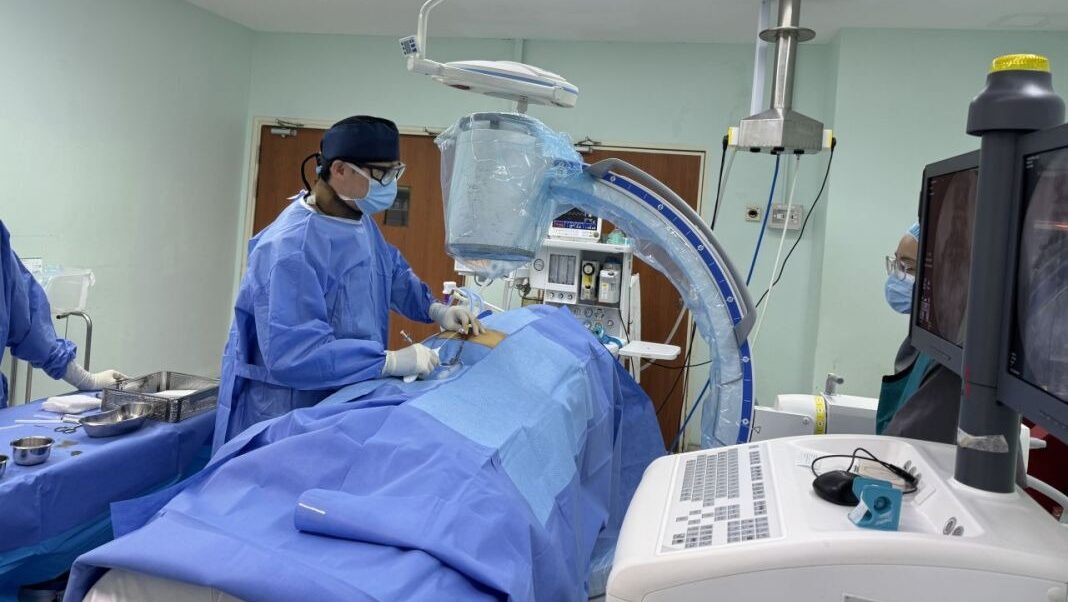KPJ Kuching Launches First Balloon Decompression for Back Pain Relief
KUCHING – KPJ Kuching Specialist Hospital has set a new benchmark in Malaysian healthcare by becoming the first in the country to introduce Spinal Epidural Balloon Decompression – a minimally invasive treatment for spinal stenosis.
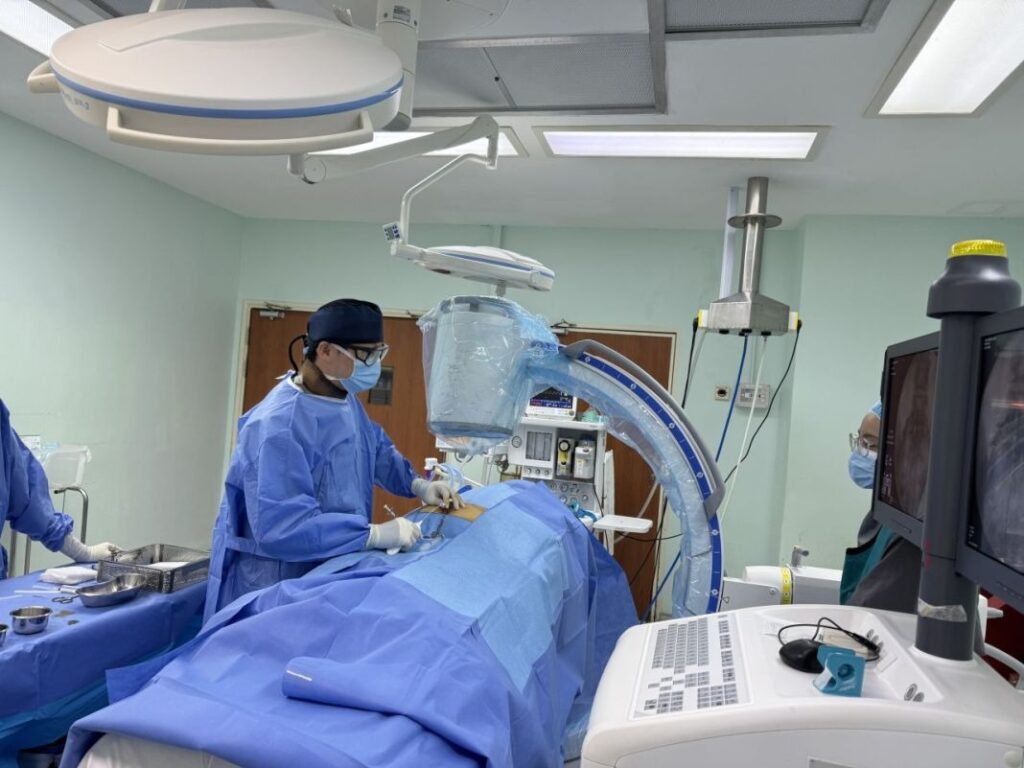
This new procedure offers hope to thousands of Malaysians, especially the elderly, who suffer from chronic lower back pain caused by spinal stenosis – a condition where the spinal canal becomes narrow and presses on the spinal nerves. It is a common problem among people over the age of 50, leading to symptoms such as back pain, leg numbness, weakness, and difficulty walking.
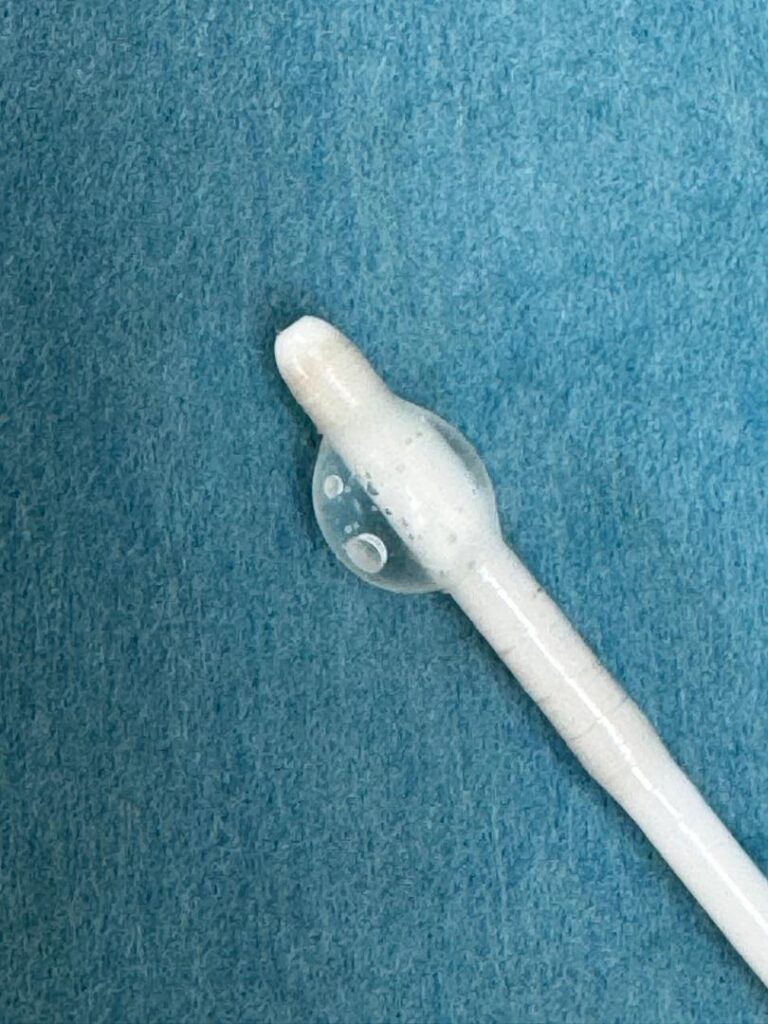
Unlike traditional surgeries that may involve high risks, especially for older patients with other health conditions like heart disease or diabetes, this balloon decompression method is far less invasive. It does not involve cutting bone or ligaments, nor does it require general anaesthesia.
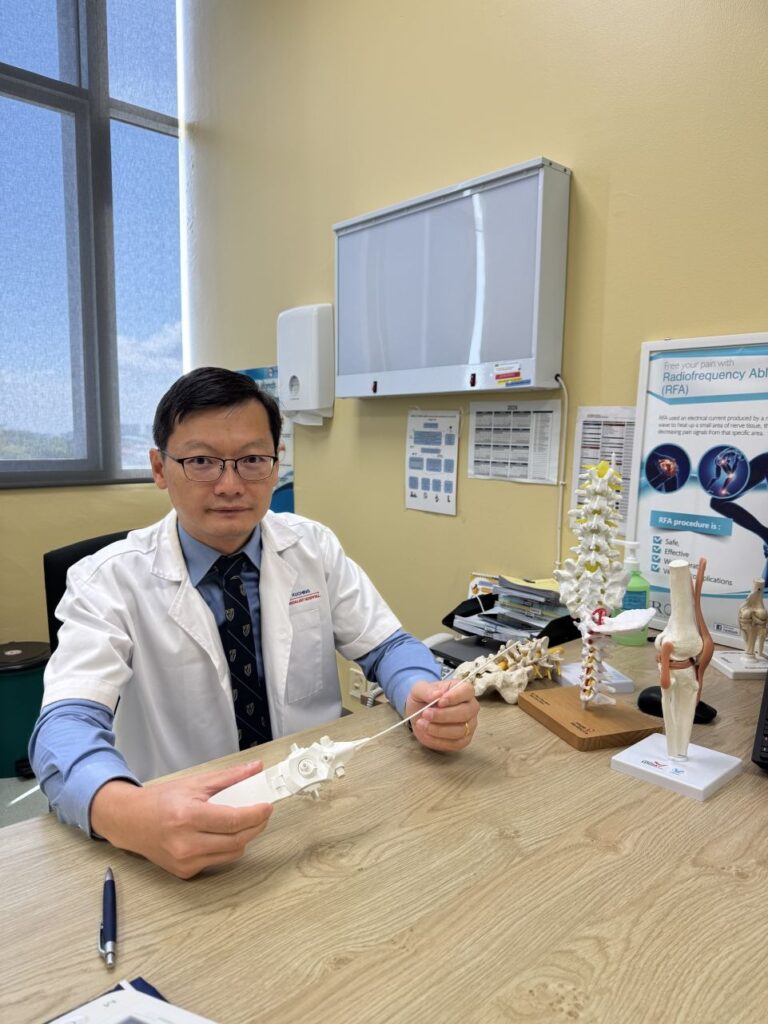
Dr. Chen Chee Kean, Interventional Pain Specialist and President-Elect of the Malaysian Society of Interventional Pain Specialists (MSIPP), performed the first procedure using an original device developed by Juvenui of South Korea. Under fluoroscopy (live X-ray) guidance, a small balloon is inserted into the spine’s epidural space. When inflated, it gently opens up the narrowed area, relieving pressure on the nerves and improving blood flow.
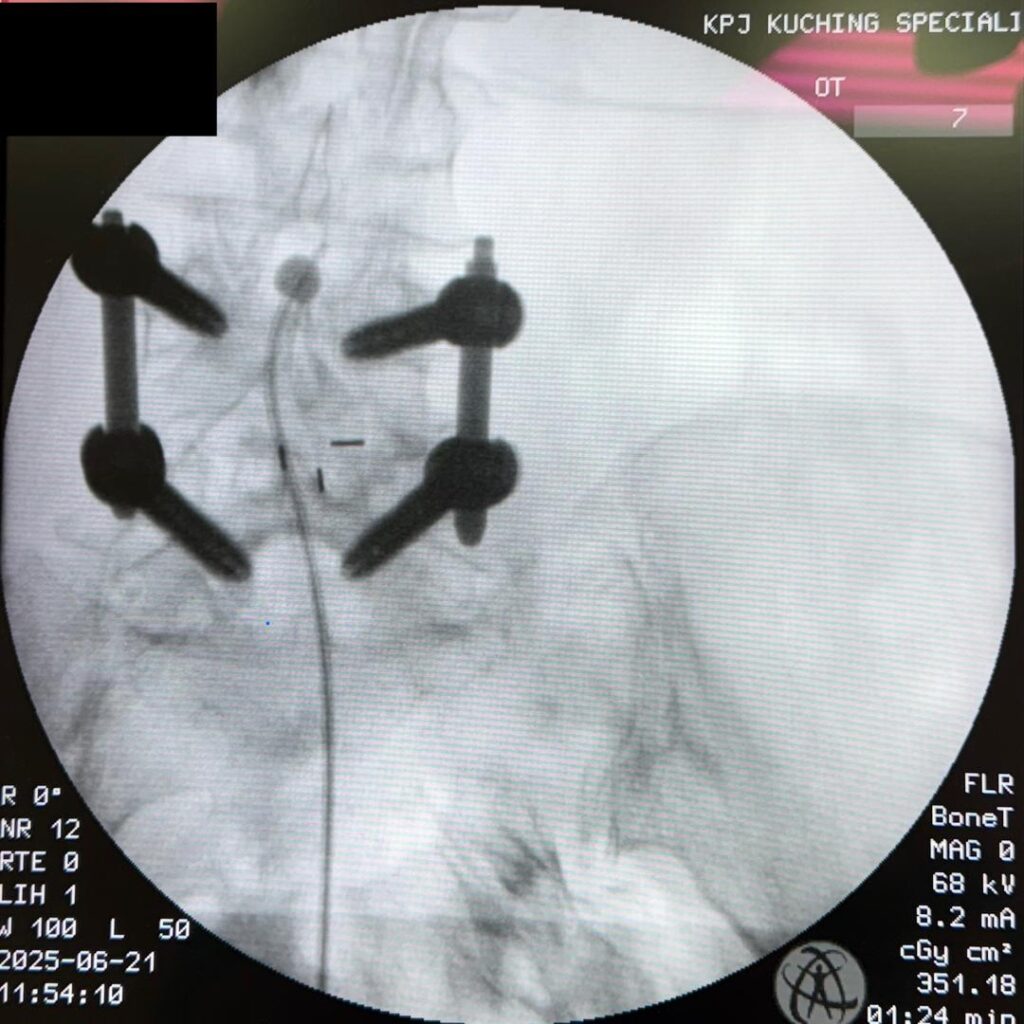
The entire procedure takes less than an hour, and most patients can return home the same day. Recovery is faster, with fewer risks of infection, bleeding, or complications compared to open surgery. More than 70% of patients have reported significant pain relief, improved mobility, and reduced need for pain medication after undergoing the procedure.
This innovation underscores KPJ Kuching’s commitment to advanced, patient-friendly treatments and positions them as a leader in spine care in Malaysia.
Dr. Chen added, “We’re proud to offer this cutting-edge solution, giving Malaysians access to safer and more effective alternatives for treating spinal stenosis.”
For Malaysians suffering from back pain due to spinal stenosis – and especially for those who are not suitable for surgery – this minimally invasive option offers real hope for long-term relief without going under the knife.








